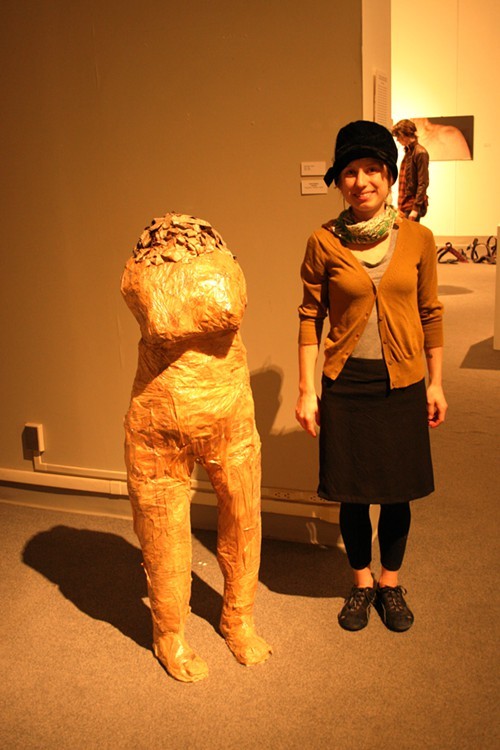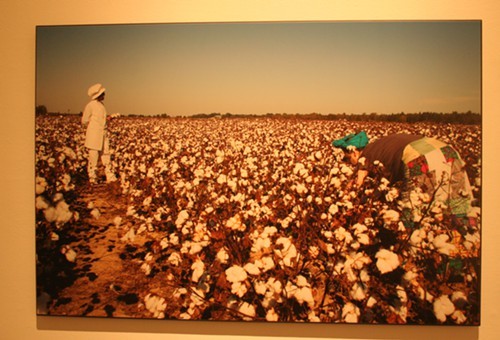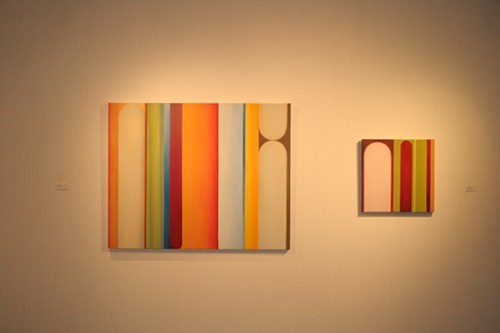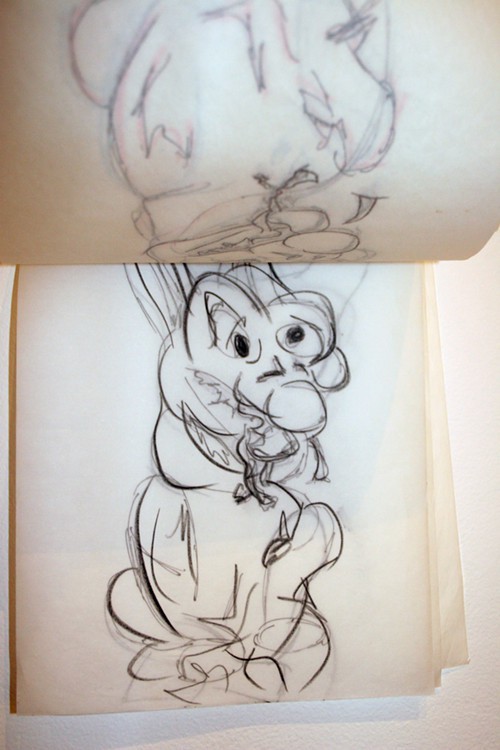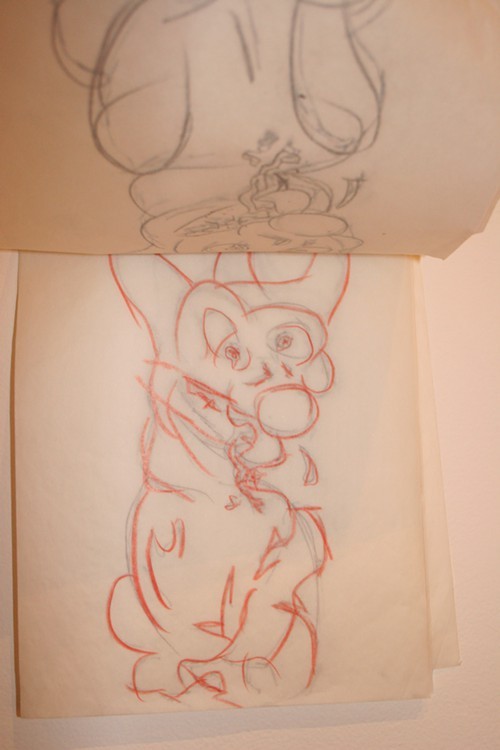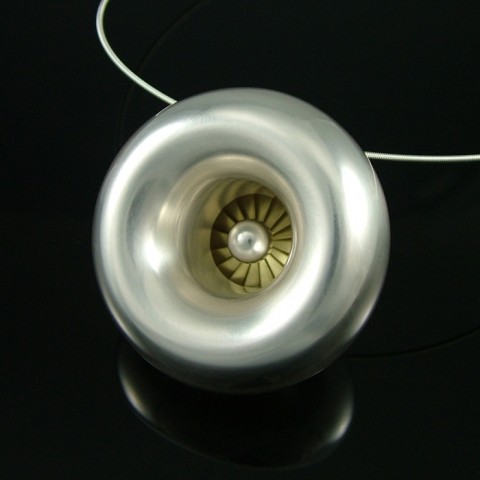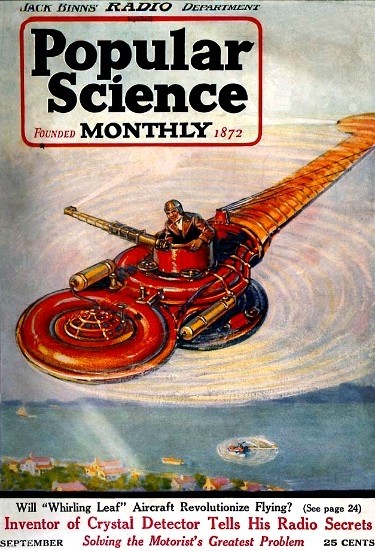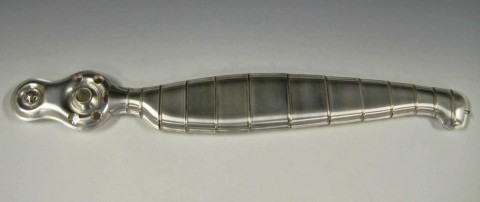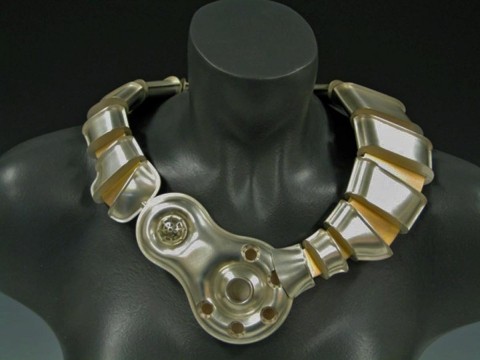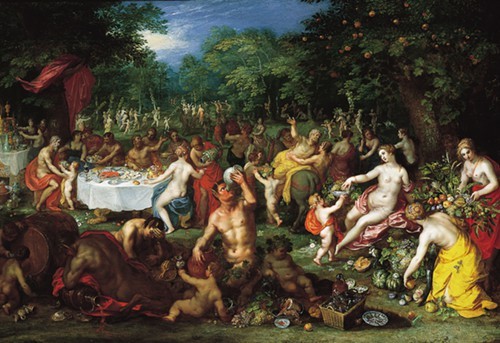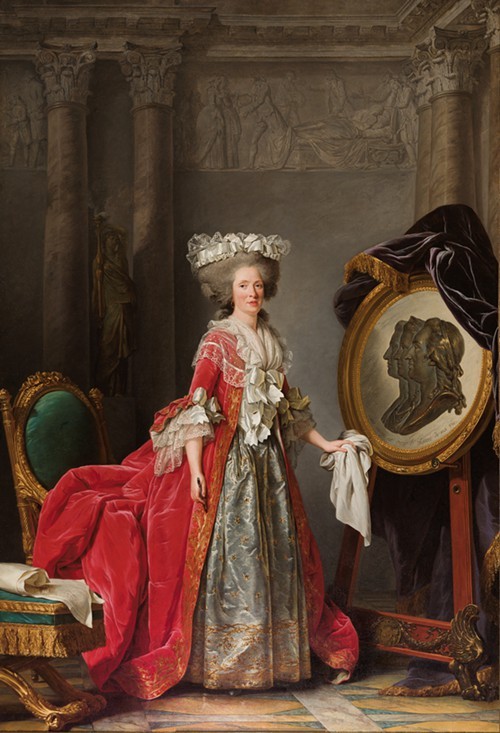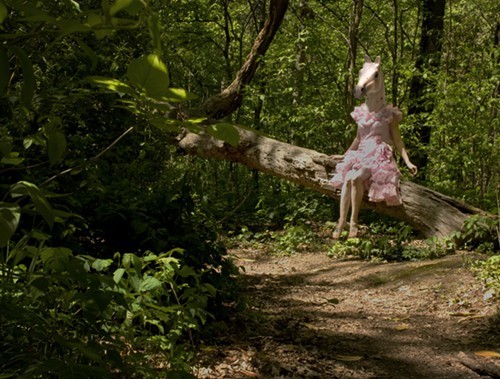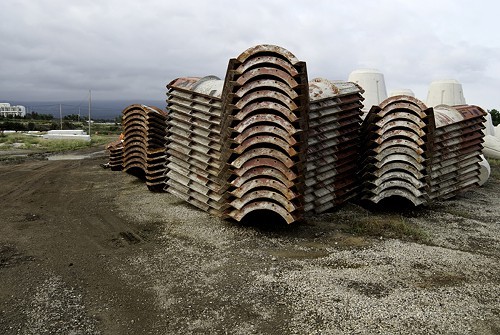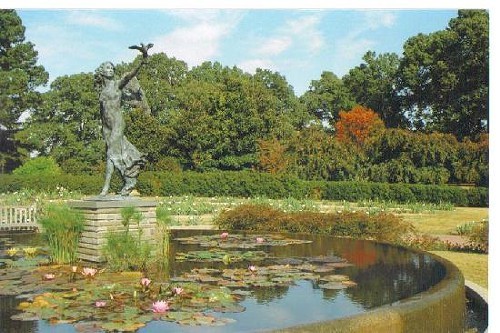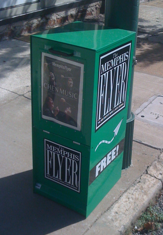Two disparate worlds have come to grace the Dixon Gallery and Gardens’ winter exhibitions.
“Rembrandt, Rubens, and the Golden Age of Painting from the Speed Art Museum” comprises a huge body of classical works from grand masters of the art, commanding the wall space in the Dixon’s main gallery. Meanwhile, the photography exhibit “This Must Be the Place,” in the Mallory and Wurtzburger galleries, celebrates a group of artists’ decidedly modern viewpoint of Memphis. The contrast is razor sharp, embodied not only in medium and scale but in effect.
“Rembrandt, Rubens, and the Golden Age of Painting,” from the Speed Museum in Louisville, Kentucky, is altogether breathtaking, with 72 works dating from about 1600 to 1800 by artists across Europe. Organized by theme, the works include portraits and landscapes, religious, historical, and mythological scenes, and depictions of daily pursuits that made up the essence of the period, spanning both the Baroque and Neoclassical movements, with Rococo influences courtesy of the French.
The pinnacle of the exhibition is the Speed’s most cherished acquisition, Rembrandt’s Portrait of a Forty-Year-Old Woman, dated to 1634. The Flemish artist never went abroad, but he avidly studied the work of artists who had lived in Italy, such as Anthony van Dyck and Peter Paul Rubens, whose works are also featured in the exhibit.
Even the simple portrait of a middle-aged woman, humble in appearance though it may be, plainly displays why Rembrandt continues to be one of the most revered of all Western masters. The details are so fine, the execution so expertly undertaken, and the result so profound that one cannot help but be in awe.
“Rembrandt is universally acknowledged as one of the world’s truly great masters, and I think it’s really in this type of deceptively simple and almost straightforward portrait that the essence of his genius is crystallized,” says Ruth Cloudman, chief curator of the Speed Museum. “Without the distractions of costume or background or anything like that, he is able to illuminate the sitter in a remarkable way to create a penetrating and poignant portrait that depicts her humanity.”
The exhibition contains further precious items, like a beautiful oil sketch, The Sacrifice of Iphigenia by Giovanni Battista Tiepolo, the 18th-century Italian painter.
“Tiepolo takes his sketches from a Greek story in which Agamemnon, the leader of the Greek forces, was on his way to besiege Troy when he angered the goddess Diana by killing one of her sacred deer in the hunt,” Cloudman says.
The goddess demanded that in payment, he sacrifice his daughter, or Diana would keep his ships from sailing to Troy. Tiepolo depicts the drama just before the priest plunges his dagger into his daughter Iphigenia. The goddess relents, appearing on a cloud with a deer to substitute in place of the young girl.
What makes this exhibition so fascinating is the attention to detail and mastery of texture, harmony, and proportion that each artist achieves. Buildings of monumental complexity are executed as perfect replicas, portraits are rendered with a spirit all their own, and artists are actually well-paid for their craft. Extraordinary grandeur abounds, and so many hundreds of years later, Memphis is reaping the benefits of a collaboration on the grandest of scales.
“It’s a wonderful partnership, and while we are enjoying the Speed Art Museum’s fantastic collection, the good people of Louisville are going to be enjoying the Dixon’s permanent collection,” says Kevin Sharp, the Dixon’s executive director.
Through April 15th
On the other end of the spectrum, photography serves as the artful, instant gratification of a singular expression of time and place. “This Must Be the Place: Contemporary Photography in Memphis” exhibits the perspectives of seven photographers who’ve all determined Memphis as “the place” at some point in their work. The photos are meant not solely to narrate but to define the experience.
Notable highlights include prints by Ian Lemmonds and Yujin Liao. Lemmonds documents his subjects almost scientifically but with recognizable flair. He controls his surroundings, setting up porcelain shoot-’em-up figurines against a lacy, white window pane in Cowboys. Liao is a foreigner in a strange place during the three-and-a-half years she spent in Memphis while getting her MFA. The tacky, pink building in China Doll borders on blinding through Liao’s eyes, just as the clean, smooth parallels of Shear Envy are warm and inviting.
Native Memphian Tommy Kha portrays a softer, hazy version of Memphis through flood waters and the road to Tunica. Anna Hollis exhibits a striking talent with light in Overton Park in her “Hybrid” series of individual characters adorning a fake horse head.
In conjunction with the grand masters, this exhibition of local photography is a bold reminder of how the past blends with the present and what it means to turn life into art.
Through March 4th

